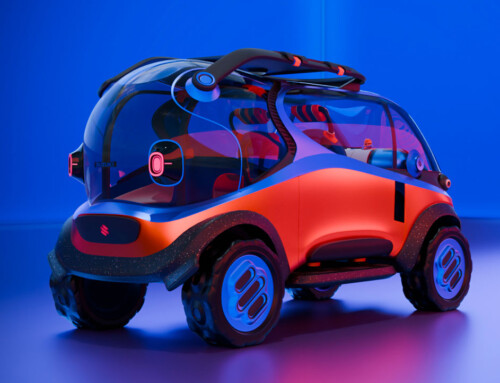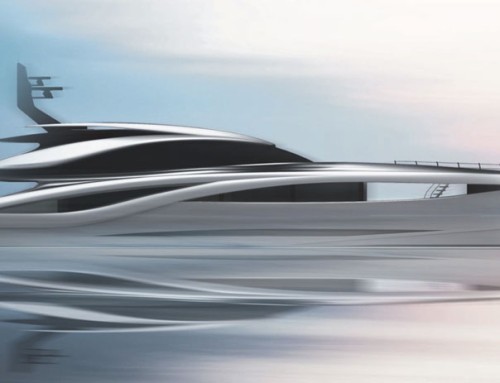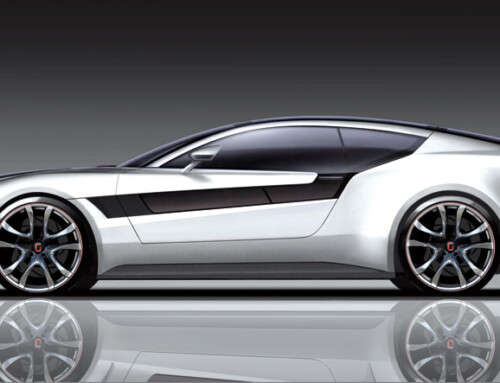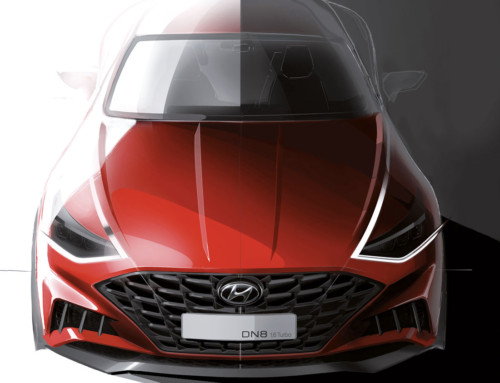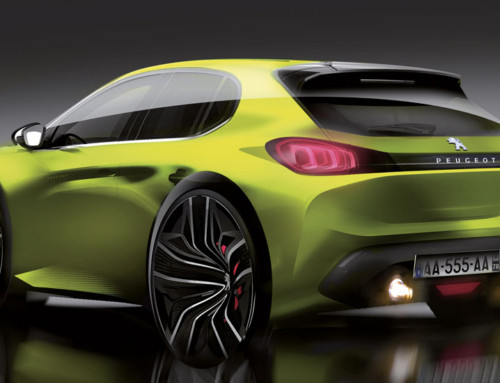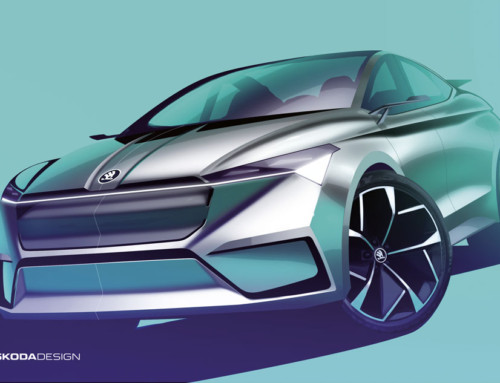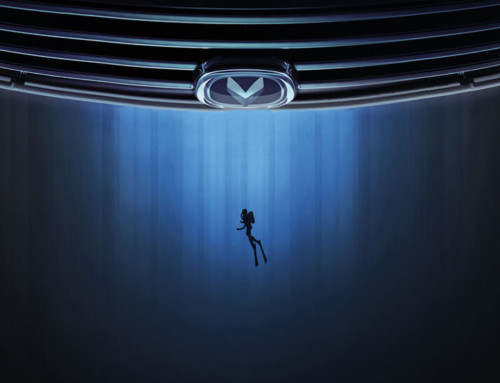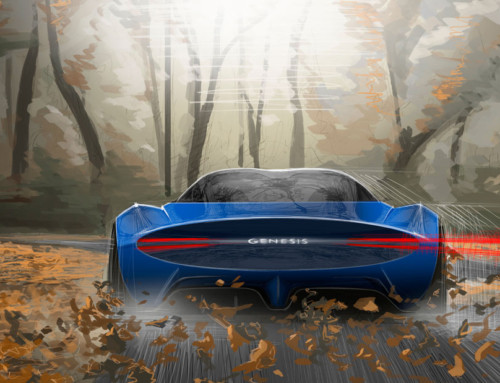Since this issue follows the end of the academic year, Auto & Design thought it appropriate to devote considerable space to the car design schools and to the new young professionals, who come out of them every year with a graduate thesis under their belts, to knock on the doors of design centres around the world.
Auto & Design covers five of those schools, giving details of the students’ general briefings before describing the individual designs. The briefings themselves varied: from the “anything goes” of “The car that doesn’t exist”, developed by the students at Turin’s Institute of Applied Art and Design with a little help from Fiat, to the much more specific question posed to the youngsters at Milan’s Design Polytechnic: “How do you see the future of Alfa Romeo’s only Segment C model, the 147?”.
Targeting the gap between the traditional and the futuristic, Jaguar asked the students at Turin’s European Institute of Design to imagine “The missing Jag”, a new kind of vehicle that would give the brand access to a younger audience.
Meanwhile, the twelve would-be designers on the Masters’ course at the Elisava Faculty of Transportation Design in Barcelona were offered plenty of room for their creative imaginations, since their assigned topic “Mobility techniques” was not tied to any particular brand.
Auto & Design’s tour of the European design schools and the future of automotive design ends with the Royal College of Art in London and a question that could be answered in dozens of different ways: “What is the future of transport?”. That had been the subject of a conversation between Salvatore Cacciatore (Chief Designer, Fiat Auto Design Concept Lab) and David Ahmad (tutor in the Vehicle Design Department at the RCA), which was then put to 27 students in various RCA departments.
The article continues in Auto & Design no. 148

